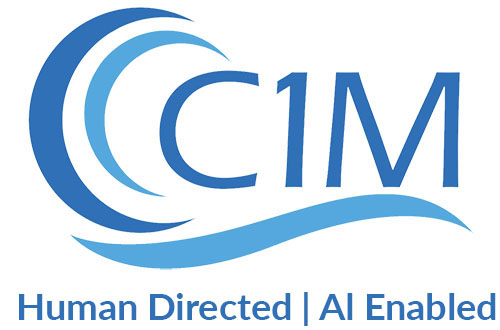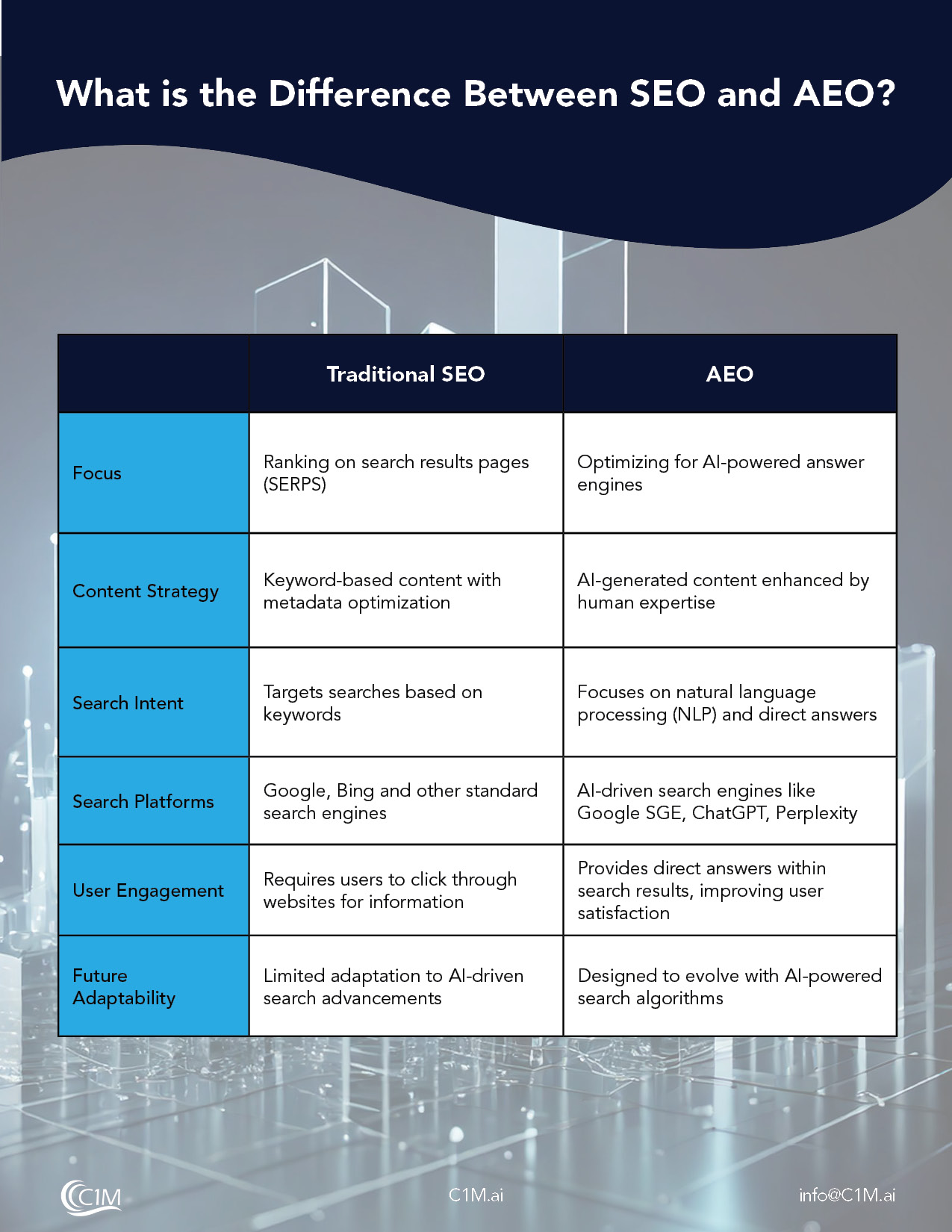
Most Americans are familiar with the term “ADA compliant” when it comes to physical locations, like stores, government buildings, or even public parks. However, what about ADA compliance when it comes to website accessibility?
ADA compliance for websites is often an unfamiliar territory. Furthermore, ADA compliance is nonetheless an important arena to consider when creating, updating, or maintaining any small business website. While the mechanics of how ADA law applies to web content can be a little hazy, the benefits of achieving ADA website compliance go miles beyond protection against potential accessibility lawsuits.
Having a fully accessible website means that everyone can discover your business. When you revamp your website to be ADA compliant, you’re ensuring that people with disabilities have access to all of your web content. By including visually impaired users, web users with cognitive disabilities, or anyone covered under the Americans with Disabilities Act, you’re growing your audience and reputation as a business that cares about ADA compliance standards.
Enhance your Website and Ensure it is ADA Compliant
With that being said, ensuring that every corner of your website meets the accessibility standards of the Americans with Disabilities Act is not an easy task. Website owners can take a few steps to provide equal access and help all users navigate their site. However, ensuring a website is fully ADA compliant is time-consuming and complicated.
So, before you begin an initial review of your website to fix accessibility issues or brush up on the federal law that governs ADA standards and website accessibility, it’s essential to start with the basics. You will be happy to know that businesses can receive a tax credit of up to $5,000 for having an ADA compliant website.
The following guidelines on ADA compliance will help lay the groundwork for an ADA compliance overhaul that will protect your company from any potential accessibility-related lawsuits. Also, you can increase the accessibility of your website and business.
Understanding the Americans with Disabilities Act & How it Applies to Websites
The Americans with Disabilities Act (ADA) was enacted by Congress in 1990. It prohibits the discrimination of people with disabilities in order to ensure equal opportunities and accessibility in all its forms.
Specifically, Title III of the Americans with Disabilities Act prohibits discrimination “on the basis of disability in the activities of places of public accommodations.” While Title III was written with physical locations in mind, in our modern era, this applies to website accessibility as well.
According to the United States Department of Justice (DOJ), an inaccessible website can “exclude people just as much as steps at an entrance to a physical location.” In recent years, many services have moved online. Therefore, people rely on website accessibility like never before for all aspects of daily life. This includes fundamental rights, like voting information or accessing health and safety resources. However, it applies to commercial websites as well.
How Does the ADA Title III Apply to Websites?
As stated, Title III prohibits discrimination on the basis of disability in places of public accommodation. Additionally, the 1990 Americans with Disabilities Act predates the worldwide online activity of our modern era. As a result, Title III does not directly address whether these places of public accommodation include accessibility for websites, mobile devices, or other emerging web-based technologies.
However, according to the American Bar Association, the DOJ – the primary federal government agency responsible for enforcing ADA compliance – has taken the position that Title III applies to all public-facing websites used by companies that otherwise qualify as places of public accommodation. This includes federal websites to be sure, but other businesses may also fall under the guidelines of ADA Title III.
For example, the Americans with Disabilities Act is appliable to businesses that meets the following criteria:
- provides a service or benefit to the public
- operates as a local, state, or government agency
- has 15 or more employees
ADA Title III was created with physical locales in mind. However, these accessibility issues can also translate to an online world. Additionally, they can even result in legal action when it comes to website accessibility.
Is ADA Compliance Mandatory for my Business’s Website?
When it comes to ADA compliance, “mandatory” is a tough term to define.
There have been a number of digital accessibility lawsuits in the past several decades that tested the parameters of ADA website compliance and ADA violations.
A number of American courts have ruled that commercial websites are indeed a place of public accommodation. Therefore, they are subject to ADA compliance rules and regulations. For example, several cases have found that ADA website compliance is required if the website promotes a business that provides a service and has a physical location, like a supermarket.
In other examples, however, no legal action has been taken if website accessibility for a commercial business was lacking. Essentially, while there are clear accessibility guidelines for ADA compliant websites, it’s not 100% determined whether business owners or entities are subject to legal action if there are accessibility issues.
With that being said, the U.S. appears to be moving toward more stringent ADA website compliance measures, using the WCAG guidelines as a blueprint. The WCAG guidelines effectively provide the basic guidelines for online accessibility rules for most of Europe and many other nations around the world. Therefore, it’s probable that the WCAG guidelines will be integrated into ADA website compliance guidelines down the road.
ADA compliance may not be mandatory for your company now. However, making your website ADA compliant could be a strategic step that provides equal access. It can also protect your business in the long term. Remember that the ADA prohibits discrimination in all its forms. Furthermore, as the world continues to conduct more and more activities online, it’s imperative that people with disabilities don’t get left behind.
What Are the Essential Website Compliance Principles for Complete Digital Accessibility?
The WGAC guidelines, which are some of the most comprehensive website accessibility guidelines in the world, are based on four essential principles:
- Perceivable – Websites must present the information in a way that can be observed by all internet users, including people with disabilities
- Operable – Internet users must be able to access all the functions of the website, even if they have a physical disability, such as accessibility issues when it comes to motor skills.
- Understandable – Website accessibility includes clear terms and simple instructions so people can understand any and all web content.
- Robust – Websites must be compatible with common assistive technologies, such as screen readers.
These accessibility guidelines align with the fundamentals of ADA website compliance. Therefore, it can help ensure equal access and public accommodation for all internet users.
With that being said, crafting accessible websites requires concrete steps and not just broad web content accessibility guidelines. Therefore, designing an equal-access website is often best tackled with an expert partner.
How Can I Review My Website for ADA Compliance?
A business that wants to achieve ADA compliance is making an honorable move. That is because they want to provide equal access for all users, especially people with disabilities.
Before you can ensure total ADA website compliance, it starts with a review of the following accessibility guidelines. This will shape the revisions or edits you need to make to your web content.
-
Color contrast
- Internet users with limited vision or color blindness cannot read web content if there is not enough color contrast between the text and the background.
-
Using color to highlight essential information
- In addition, using color alone to share information can also cause accessibility issues for people using screen readers. While great screen reader software can assist with some of these accessibility issues, screen readers generally do not tell the user the color of the web content on a screen. As such, a blind person using a screen reader would not be able to know that color is meant to convey certain information, (for example, using red text to show which fields are required on a form).
-
Alternative text on images
- Again, people who are blind and rely on screen readers may not understand the purpose of web image content such as images or videos when no alternative text, or “alt text,” is provided.
-
Captions on videos and audio files
- Internet users with hearing disabilities may require captions on audio files, videos, and similar media formats to understand the web content.
-
Keyboard navigation
- Internet users who cannot use a mouse may rely on keyboard navigation to access and peruse a website. So, make sure your website compliance includes both keyboard and mouse access.
Remember that ADA compliance checklists are available for both web content accessibility guidelines and physical locations. However, the best way to ensure that your website is fully ADA compliant is to enlist the services of an expert web developer partner. It’s easy to miss some of the more chaotic web accessibility guidelines required to create an ADA compliant website. Therefore, a professional resource on web accessibility and what it entails is all but required to move forward with confidence.
Want to Launch a New ADA Compliant Website? You May Be Eligible for a $5,000 Tax Credit
At C1M, we firmly believe that ADA compliance makes a business better from the inside out. When you ensure web accessibility for everyone who uses the internet, you grow your audience, reputation, and brand loyalty.
Simply put, making your website ADA compliant is a smart move. An ADA compliant website doesn’t just keep your company safe from potential legal issues down the road. It also ensures web accessibility for anyone who wants to be a patron of your business. Additionally, it demonstrates to your local and online community that complete web accessibility is important to you and your company.
If you want to enhance your website features and make it ADA compliant, ask about how you can be eligible for a large tax credit, too!
Not Sure if Your Website is ADA Compliant? Reach Out to Our Expert Team at C1M
At Content First Marketing, we use the most modern technological tools and resources to review your website. We will check everything to ensure it is ADA complaint from the inside out.
Let’s ensure web accessibility on a local and global scale. With C1M , you can launch an ADA compliant website that will generate business from all kinds of web users for years to come. Also learn more about receiving a tax credit for upgrading your business’s website.




